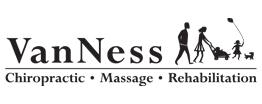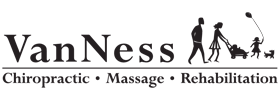Custom Orthotics Near Me in Barrington IL - Van Ness Chiropractic

At Van Ness Chiropractic in Barrington, IL, we understand how much foot pain can impact your life. That’s why we offer personalized orthotics—custom shoe inserts designed to relieve discomfort and restore natural foot movement. Unlike basic insoles, our Barrington IL orthotics correct poor biomechanics, like over-pronation, to reduce pain in your heels, knees, or lower back and prevent issues like plantar fasciitis, shin splints, or bunions.
Why Choose Our Barrington IL Orthotics?
- Pain Relief: Eases discomfort from heel spurs, Achilles tendonitis, and more.
- Tailored Support: Improves foot positioning and alignment.
- Holistic Care: We assess your whole body—pelvis, posture, and beyond—to find the root cause.
- Sports & Everyday Use: Perfect for athletes or anyone seeking comfort in casual or dress shoes.
What Sets Orthotics Apart?
Regular insoles cushion your feet, but orthotics fix the problem. By addressing over-pronation—where arches drop and feet roll inward—our orthotics optimize function, reduce stress on knees and hips, and help you move better every day.
Compassionate Care Near You
Located in Barrington, IL, we take a caring, whole-body approach. If foot mechanics aren’t the issue, we won’t push orthotics—we’ll find what works for you. Ready to step pain-free? Contact Van Ness Chiropractic today for expert orthotic solutions near you.
OFFICE HOURS
Monday
7:30am - 6:00pm
Tuesday
9:00am - 6:00pm
Wednesday
7:30am - 6:00pm
Thursday
7:30am - 10:30am
Friday
7:30am - 12:00pm
Saturday & Sunday
Closed
Van Ness Chiropractic
215 S Northwest Hwy #102A
Barrington, IL 60010



